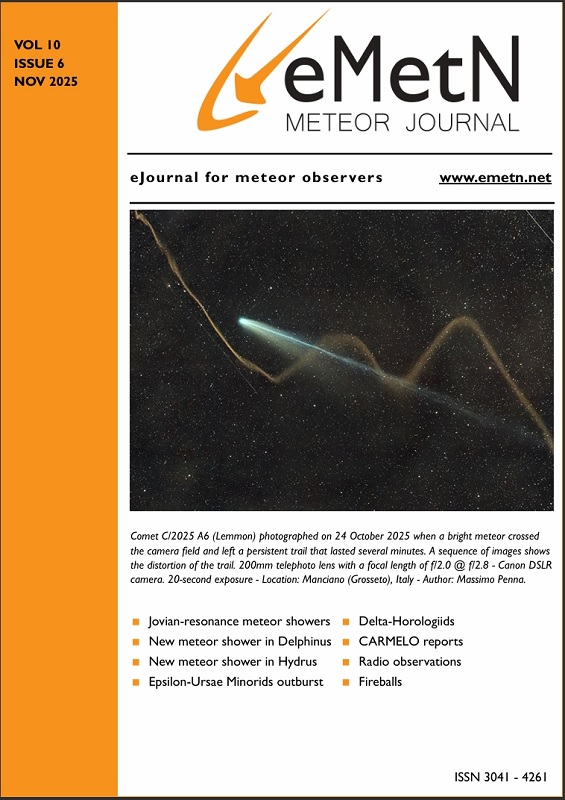Meteor Activity Outlook for 15-21 July 2017
During this period the moon will reach its last quarter phase on Sunday July 16. While the half-illuminated moon will certainly cast some glare in the night sky, it is still much less bright than the full moon. Therefore successful meteor observations can be obtained by simply keeping the moon out of your field of view while observing.
Read More


